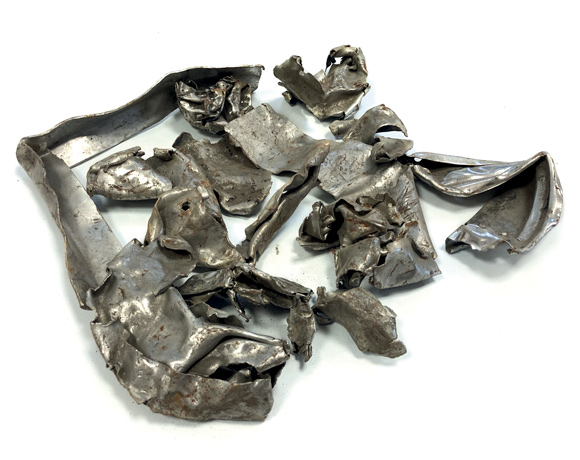SRP Model
Ultra-High Gradient Magnetic Separation
The SGM SRP Separator is an advanced ultra-high gradient permanent magnet head pulley, designed for superior metal recovery efficiency. Mounted on its own independent frame and equipped with a thin, high-performance belt, this system minimizes the distance between the processed material and the magnets, significantly enhancing separation efficiency.
Optimized for Stainless Steel & Low-Magnetic Scrap
Unlike ferrous steel, which is rich in iron and carbon, stainless steel contains other metals such as chromium, nickel, and molybdenum, reducing its magnetic properties. To address this challenge, the SRP Separator utilizes a specially engineered magnetic circuit that enhances the recovery of low-magnetic scrap, making it a highly efficient solution in the metal recycling industry.
Key features & benefits
- Extended head pulley diameter (300 mm or 450 mm) for increased separation power
- Permanent neodymium magnet blocks with Ultra-High Gradient technology
- Reduced conveyor belt thickness (2.5 mm) for stronger magnetic adhesion
- Minimized distance between material and magnet for enhanced ferrous extraction
- Ideal for recovering low-magnetic metals from scrap and mixed waste
How It Works
The SGM SRP Separator features an extended-diameter head pulley (300 mm or 450 mm), composed of powerful neodymium permanent magnets in an ultra-high gradient configuration.
- Thinner Conveyor Belt for Maximum Efficiency
Unlike traditional belts that are 7-9 mm thick, the SRP’s 2.5 mm-thick conveyor belt allows the material to be in closer proximity to the magnetic field, increasing adhesive force and enhancing separation efficiency for low-magnetic scrap. - Adjustable System for Optimized Performance
To further improve separation efficiency, the SRP Separator can be equipped with optional features, including:- Roller separator for enhanced sorting
- Brush cleaning system to maintain optimal belt performance
- Air jet system for cleaning the splitter and conveyor belt
- Vibrating feeder for consistent material distribution
Available SRP Models
SGM Magnetics offers four SRP models, designed to accommodate different processing capacities (tons per hour) and material compositions.
- Two models with a 300 mm (12 inches) head pulley
- Two models with a 450 mm (18 inches) head pulley
Each model is optimized to meet specific production and recycling requirements, ensuring maximum efficiency in ferrous and stainless steel recovery.
Processed materials and typical applications
Magnetic pulleys are used for the recovery or elimination of ferrous metals in different industrial applications such as:
- Automotive Shredder Residue (ASR)
- Electronic scrap (WEEE)
- Scrap
- Refining of aluminum scrap
Processed materials







